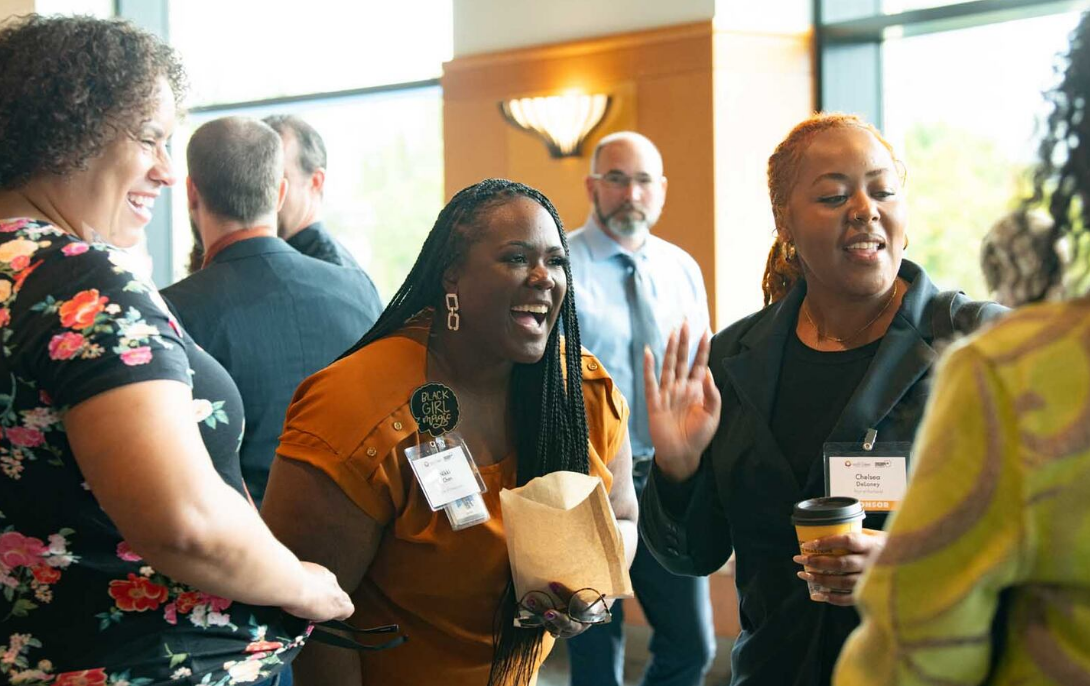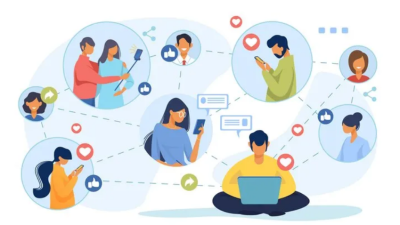Our brains evolved in social environments. From prehistoric tribes to modern digital communities, humans have always sought connection. But what happens in our brains when we experience belonging? And how does isolation affect our neural pathways? The science reveals a profound relationship between community and cognitive health that extends beyond psychology into the physical architecture of our minds.
The Brain on Belonging
When we feel accepted within a community, our brains release a cascade of neurochemicals that regulate stress and enhance well-being. Oxytocin—often called the “bonding hormone”—surges during positive social interactions, reducing anxiety and promoting trust. This neurochemical response isn’t merely pleasurable; it actively protects brain tissue from inflammation and oxidative stress.
Research from UCLA’s Social Neuroscience Laboratory has demonstrated that perceived social support correlates with reduced activity in the dorsal anterior cingulate cortex and anterior insula—regions that process physical and emotional pain. Simply put, knowing we belong to a supportive community literally helps our brains process pain differently.
The default mode network (DMN), a brain system active during rest and self-reflection, functions more efficiently in people with robust social connections. This network plays crucial roles in memory consolidation, emotional processing, and our sense of identity. When we lack social belonging, this network often becomes dysregulated, contributing to rumination and negative thought patterns.
Isolation: The Neural Consequences
Social disconnection triggers neurobiological alarm systems that evolved to warn us of danger. Chronic loneliness activates the hypothalamic-pituitary-adrenal axis, flooding the body with cortisol. This stress hormone, when chronically elevated, damages the hippocampus—a brain region essential for memory formation and emotional regulation.
A landmark study in Neuroscience & Biobehavioral Reviews found that social isolation increased the risk of cognitive decline by nearly 50%. The mechanisms behind this striking statistic involve reduced brain-derived neurotrophic factor (BDNF), a protein that supports neuron growth and synaptic plasticity. Without adequate social stimulation, BDNF production diminishes, compromising the brain’s capacity to form new neural connections.
The inflammatory response triggered by chronic loneliness further damages white matter integrity—the brain’s communication superhighways. This deterioration affects everything from processing speed to emotional regulation, creating a neurobiological environment conducive to anxiety and depression.
Building Belonging for Better Brain Health
The good news? Our neural architecture demonstrates remarkable plasticity, even in adulthood. Meaningful social integration can reverse many negative effects of previous isolation. When we actively participate in communities, whether geographic, interest-based, or professional networks, our brains respond with increased neurogenesis and enhanced connectivity between regions.
At <a href=”https://buildbonding.com”>BuildBonding</a>, we understand that community isn’t just a psychological need—it’s a neurobiological necessity. Every meaningful connection contributes to brain resilience and cognitive vitality. Even brief authentic interactions trigger positive neurochemical responses that accumulate over time.
Community involvement increases cognitive reserve—the brain’s resilience against age-related decline and neurodegenerative disease. Social engagement demands complex cognitive skills, creating a natural form of brain training that strengthens neural networks. Conversations require linguistic processing, perspective-taking exercises theory of mind, and navigating group dynamics builds executive function.
From Science to Practice
Understanding the neuroscience of belonging invites us to approach community not as a luxury but as essential brain maintenance. Regular meaningful social interaction deserves priority alongside nutrition, exercise, and sleep in our health regimens.
Simple practices can enhance these neurological benefits. Genuine face-to-face interactions generally provide stronger neurochemical responses than digital communications. Collaborative activities that combine social connection with physical movement or learning offer multiplied benefits, activating several brain-protective mechanisms simultaneously.
Vulnerability—sharing authentic thoughts and feelings—particularly stimulates oxytocin release, strengthening social bonds and their associated brain benefits. This explains why superficial interactions rarely satisfy our need for belonging; our neurochemistry responds most powerfully to genuine connection.
Conclusion
The science is clear: our brains function optimally when we feel we belong. Community doesn’t simply make us feel better—it literally shapes our neural architecture, influences cognitive function, and protects against decline. As we navigate increasingly digitized and sometimes isolating modern environments, cultivating authentic community becomes not just a social preference but a neurobiological imperative.
By understanding the profound relationship between belonging and brain health, we can make informed choices about prioritizing community in our lives. Each meaningful connection contributes to a healthier brain, enhanced cognitive resilience, and ultimately, a more vibrant experience of being human.





